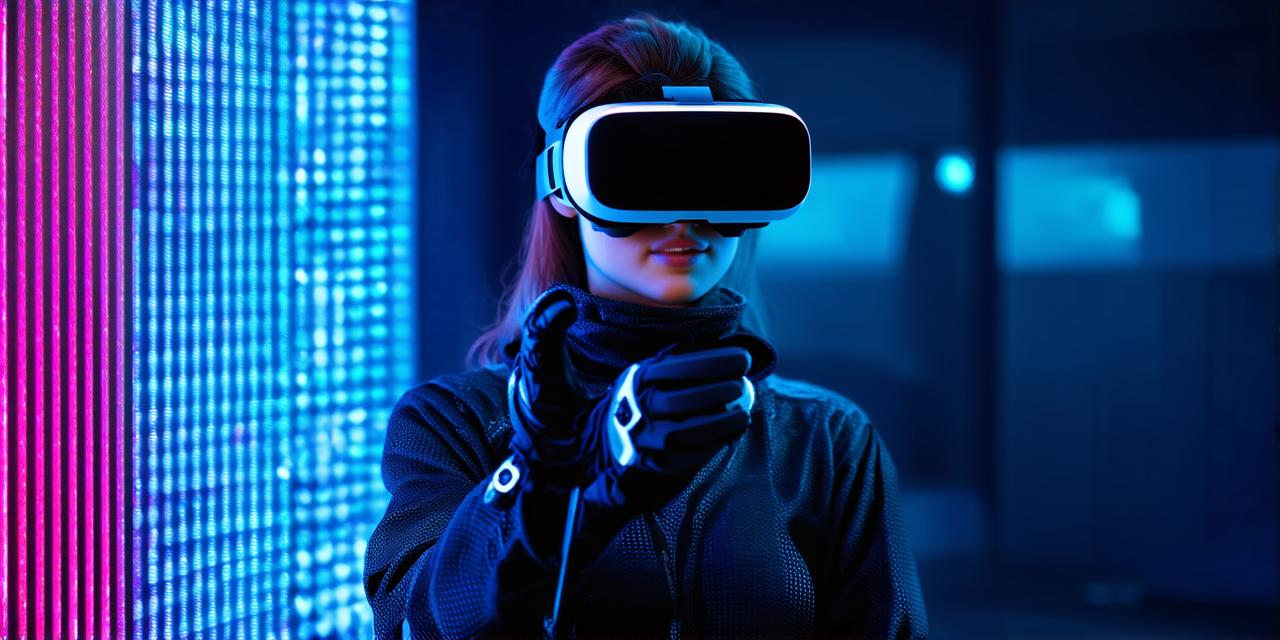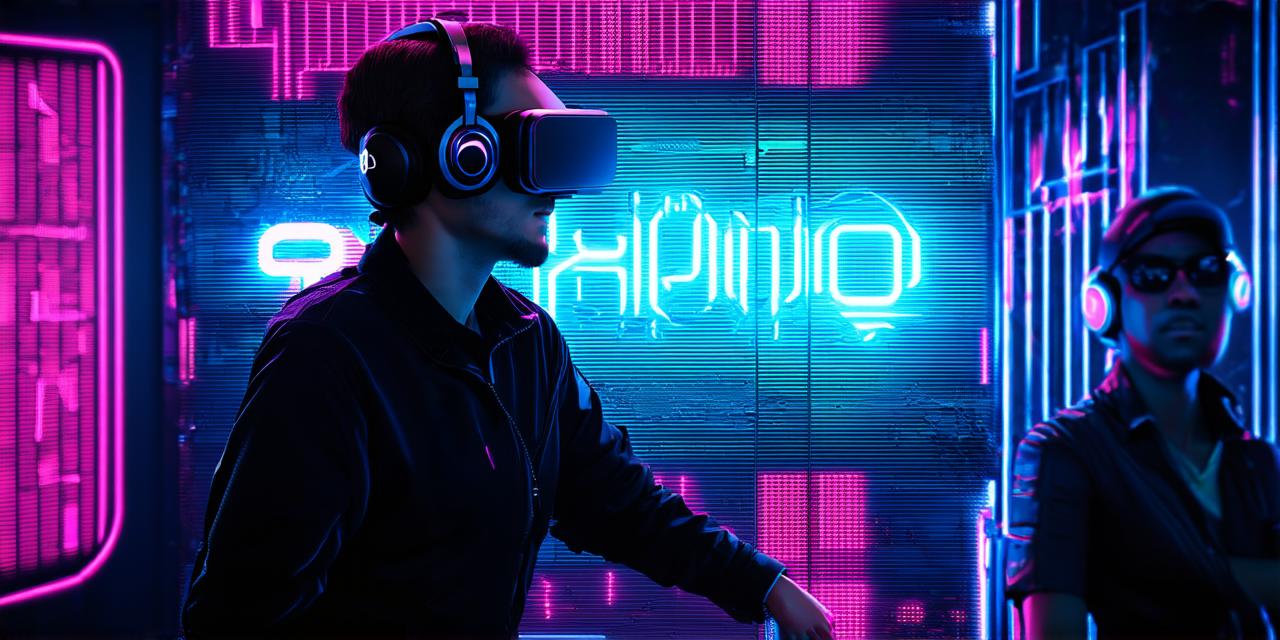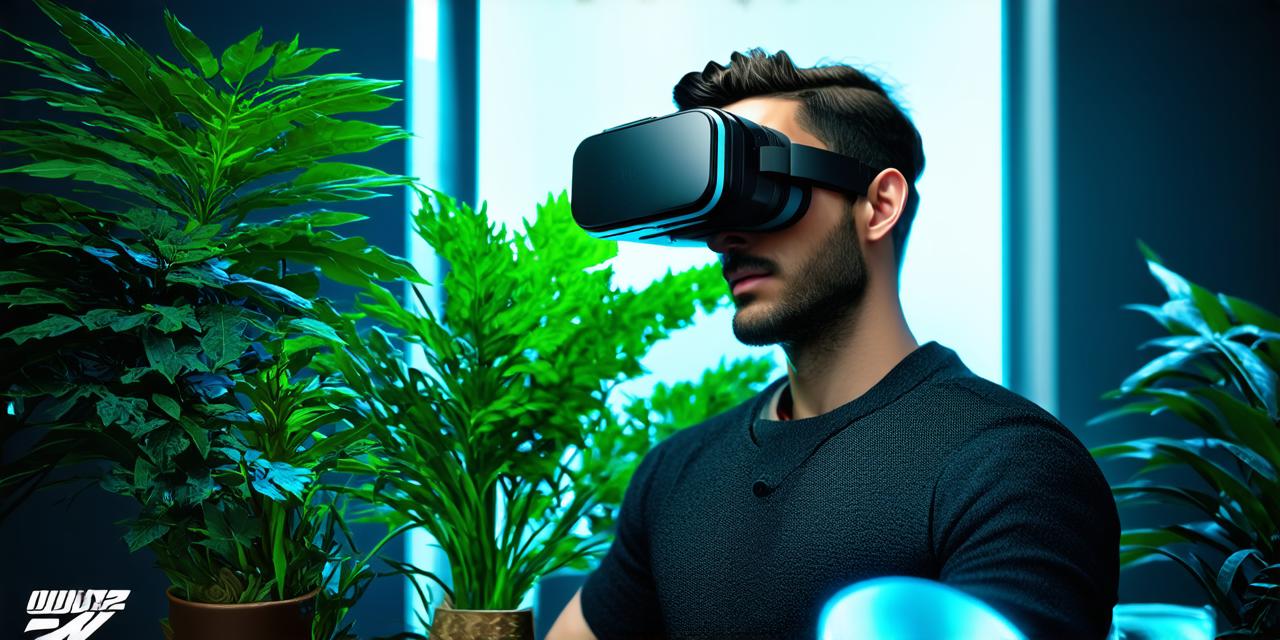What is Tactile Virtual Reality?
Tactile virtual reality (tVR) is a type of virtual reality that integrates haptic technology into the VR experience. Haptic technology involves using touch or movement sensors to create a physical sensation for users in real-time. In tVR, these sensors are used to simulate the feel of objects and environments in the virtual world, allowing users to interact with them as if they were real.
The goal of tVR is to create an experience that feels more natural and intuitive than traditional VR, which often involves using hand controllers or gloves to interact with virtual objects. By adding a physical element to the VR experience, tVR can make it easier for users to navigate and interact with virtual environments, making it a useful tool for various applications.
Applications of Tactile Virtual Reality
Tactile virtual reality has several potential applications across different industries, including education, healthcare, entertainment, and manufacturing. Here are some examples:
-
Education: tVR can be used to create immersive learning environments that allow students to interact with virtual objects in a more natural way. For example, a biology student could use tVR to explore the anatomy of a virtual human body, feeling the different organs and systems as if they were real.
-
Healthcare: tVR can be used for training medical professionals in simulated environments that replicate real-world scenarios. For example, surgeons could use tVR to practice complex procedures on virtual models of the human body, allowing them to gain experience and confidence without risking patient safety.
-
Entertainment: tVR can provide a more engaging and immersive gaming experience by adding a physical element to the gameplay. For example, a user could use tVR to feel the texture of virtual objects in a first-person shooter game or the weight of a virtual character’s armor in an action RPG.
-
Manufacturing: tVR can be used to simulate manufacturing processes in a virtual environment, allowing companies to test and optimize their production workflows before implementing them in the real world. For example, an automotive manufacturer could use tVR to simulate the assembly of a virtual car, feeling the weight and texture of different parts as they are put together.

How Tactile Virtual Reality Works
Tactile virtual reality works by using haptic technology to simulate the feel of objects and environments in the virtual world. There are several ways this can be done:
-
Haptic feedback devices: These are wearable devices that provide tactile feedback to the user based on their interactions with virtual objects. For example, a haptic glove could simulate the feel of different textures and weights as the user interacts with virtual objects in the virtual world.
-
Vibration technology: This involves using vibrations to simulate the feel of objects and environments in the virtual world. For example, a vibrating chair or platform could simulate the feeling of sitting on a virtual object or walking on a virtual surface.
-
Air haptics: This involves using air to simulate the feel of objects and environments in the virtual world. For example, an air haptic suit could simulate the feeling of wearing a virtual outfit or standing on a virtual surface.
Summary
Tactile virtual reality is an exciting new technology that has the potential to revolutionize the way we interact with virtual worlds. By adding a physical element to the VR experience, tVR can make it easier for users to navigate and interact with virtual environments, making it a useful tool across different industries. As haptic technology continues to advance, we can expect to see even more innovative applications of tVR in the future.
FAQs
Here are some frequently asked questions about tactile virtual reality:
-
What is the difference between tactile virtual reality and traditional virtual reality?
-
Tactile virtual reality adds a physical element to the VR experience by using haptic technology to simulate the feel of objects and environments in the virtual world, while traditional virtual reality relies on hand controllers or gloves to interact with virtual objects.
-
What are some potential applications of tactile virtual reality?
-
Tactile virtual reality has several potential applications across different industries, including education, healthcare, entertainment, and manufacturing. Examples include immersive learning environments, medical training, gaming, and product design and testing.
-
How does tactile virtual reality work?
-
Tactile virtual reality works by using haptic technology to simulate the feel of objects and environments in the virtual world. This can be done through the use of wearable devices, vibration technology, or air haptics.
-
What are some examples of industries that could benefit from tactile virtual reality?
-
Tactile virtual reality has several potential applications across different industries, including education, healthcare, entertainment, and manufacturing. By adding a physical element to the VR experience, tVR can make it easier for users to navigate and interact with virtual environments, making it a useful tool across different industries.




